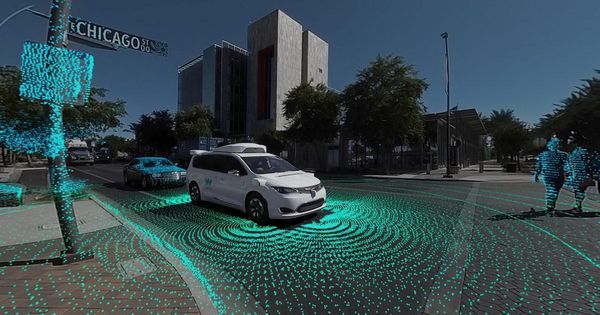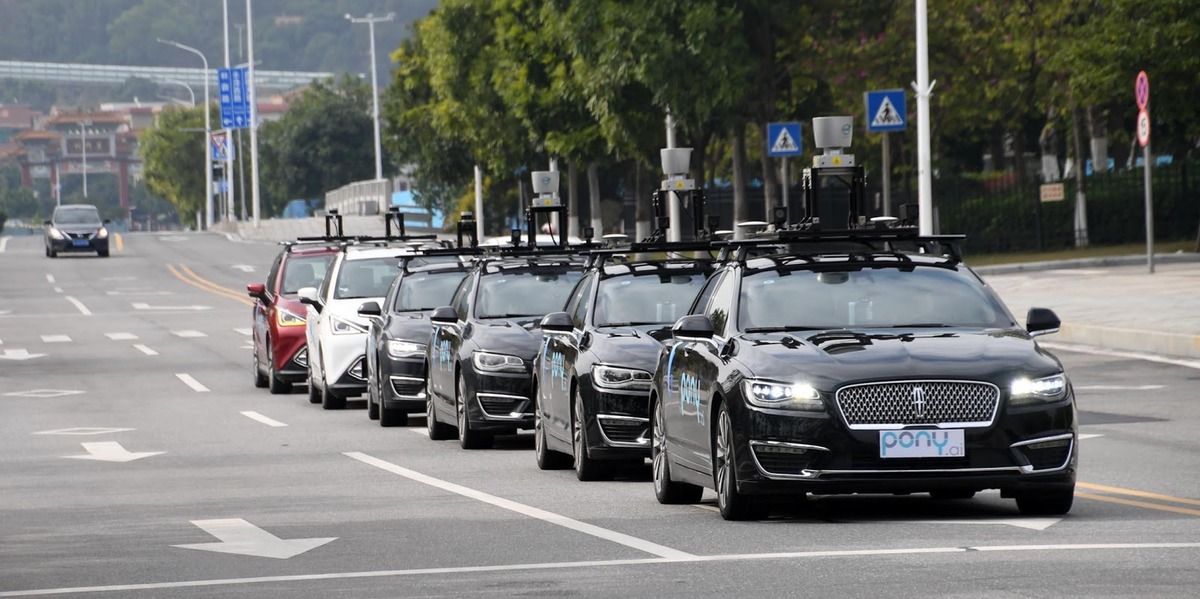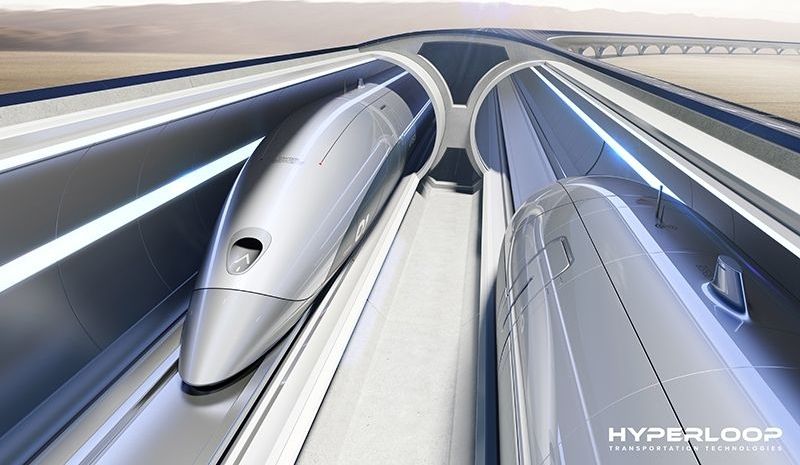Archive for the ‘transportation’ category: Page 481
Mar 3, 2018
Body Gestures You Should Avoid in the Workplace (22 Examples)
Posted by Genevieve Klien in category: transportation
Sometimes a buzzword gets so overhyped that it deserves some light-hearted mockery. That seems to be the case with “blockchain.” While it’s true that not every industry can benefit from a distributed-ledger technology, the trucking industry most certainly can. In fact, a new consortium called the Blockchain in Transport Alliance (BiTA) is working to apply blockchain to solve some of the most intransigent problems in trucking.
Trucking is a massive industry that affects virtually every American. Trucks move roughly 70 percent of the nation’s freight by weight, according to the American Trucking Association. The Association also found that in 2015, gross freight revenues from trucking were $726.4 billion, representing 81.5 percent of the nation’s freight bill.
Companies hailing from each piece of the trucking supply chain have joined BiTA, including: UPS, Salesforce, McCleod Software, DAT, Don Hummer Trucking and about 1,000 more applicants. [Full disclosure: Our company, Transfix, is also a member.].
Continue reading “Body Gestures You Should Avoid in the Workplace (22 Examples)” »
Mar 1, 2018
Dubai tests autonomous pods in drive for smart city
Posted by Genevieve Klien in categories: robotics/AI, transportation
DUBAI (Reuters) — Dubai has begun testing autonomous pods in a trial run the Gulf’s trade and tourism hub hopes will help its transformation into one of the smartest cities in the world.
Officials from Dubai’s Roads and Transport Authority (RTA) displayed two cube-shaped vehicles built by U.S.-based Next Future Transportation company in Italy as they spun around on a main street in Dubai.
Passersby stopped to try out the six-seat vehicles and question the Italian engineers overseeing the test.
Continue reading “Dubai tests autonomous pods in drive for smart city” »
Feb 28, 2018
Elon Musk’s latest Boring Co. boast: A San Francisco Bay tunnel at 1/10th the cost
Posted by Dan Kummer in categories: Elon Musk, sustainability, transportation
Tesla Inc. Chief Executive Elon Musk took to Twitter this week to decry the slow and costly pace of U.S. infrastructure projects, and thus a challenge — or boast — was born: The Boring Co. could build a tunnel across the San Francisco Bay far cheaper and far faster than current available estimates.
Musk was pointing to a San Francisco Chronicle editorial favoring a new Transbay Tube for public transportation over another cross-bay bridge to alleviate chronic traffic woes and public-transportation overcrowding in the Bay Area. The editorial cited a starting price of $12 billion for the new tunnel.
Probably about a tenth of the cost and a fifth of the time— Elon Musk (@elonmusk) February 28, 2018
Feb 28, 2018
4 Futuristic Auto Repair Technologies
Posted by Shane Hinshaw in categories: futurism, transportation
Feb 28, 2018
A National Machine Intelligence Strategy for the United States
Posted by Dan Kummer in categories: business, economics, policy, robotics/AI, security, transportation

This event will be webcast live from this page.
The Technology Policy Program invites you to the launch of our upcoming report, A National Machine Intelligence Strategy for the United States.
Continue reading “A National Machine Intelligence Strategy for the United States” »
Feb 28, 2018
Forces of change: The future of mobility
Posted by Genevieve Klien in categories: business, economics, robotics/AI, transportation
The transition toward a new mobility ecosystem could have wide-reaching impacts that span a host of industries and players, including—but not limited to:
Global automotive OEMs face momentous and difficult decisions. OEMs will need to determine if they should evolve from a (relatively) fixed capital production, first-transaction, product-sale business into one centered on being an end-to-end mobility services provider. This would represent a profound business model change and the development of entirely new capabilities to be competitively and sustainably viable.
The traditional capabilities of vehicle manufacturers and suppliers will likely need to expand, collaborating with autonomous vehicle technology suppliers, software developers, and others to provide a much broader range of product choices.12 There are complex economics in being able to manufacture vehicles similar to today’s mass-produced driver-owned cars, highly customized personally owned autonomous vehicles, and utilitarian pods for urban environments. Manufacturers will likely require not only today’s traditional supply chains but new manufacturing capabilities that allow advanced, low-cost, efficient customization. They will need to determine if they should redesign their business model to compete in all four future states or to focus on one segment.
Continue reading “Forces of change: The future of mobility” »
Feb 28, 2018
China’s First Autonomous Car Ride Service Just Hit the Roads
Posted by Genevieve Klien in categories: robotics/AI, transportation
Pony.ai, the first public autonomous car service in China, has launched in Guangzhou with partners including Velodyne and GAC Group.
Feb 27, 2018
“Hello, I am CIMON!”
Posted by Klaus Baldauf in categories: robotics/AI, transportation
CIMON (Crew Interactive Mobile CompanioN) is a mobile and autonomous assistance system designed to aid astronauts with their everyday tasks on the ISS. This will be the first form of Artificial Intelligence (AI) on an ISS mission. CIMON is an experiment overseen by Space Administration at the German Aerospace Center (DLR) in cooperation with Airbus (Friedrichshafen/Bremen, Germany) as the prime contractor. CIMON is a free flyer fueled with Artificial Intelligence, enhancing human expertise. AI-based technology is about constantly understanding, reasoning and learning, so CIMON is designed to assist and to create a feeling of talking to a crew mate.

Feb 24, 2018
Chicago-Cleveland hyperloop transit proposed
Posted by Dan Kummer in categories: business, government, transportation
Visit Crain’s Chicago Business for complete business news and analysis including healthcare, real estate, manufacturing, government, sports and more.
















